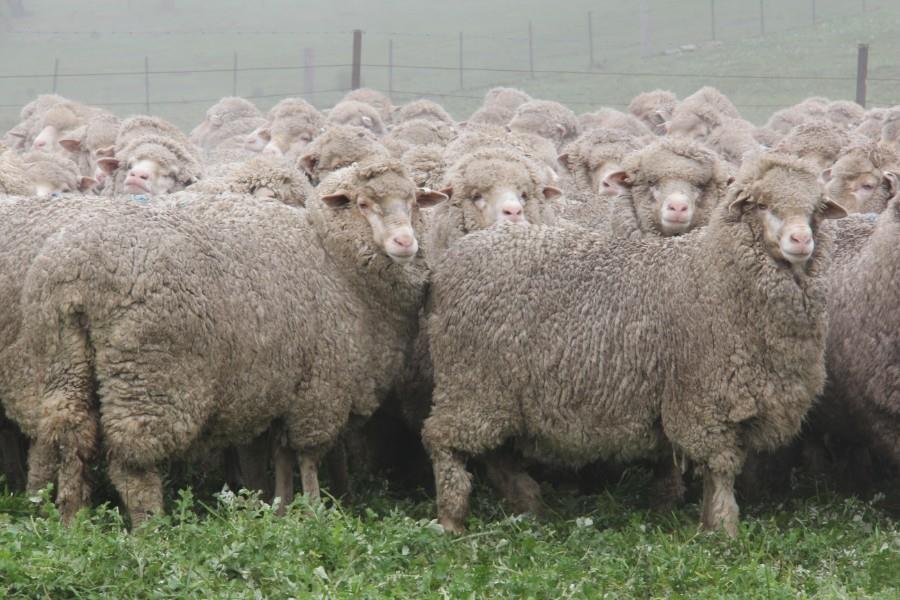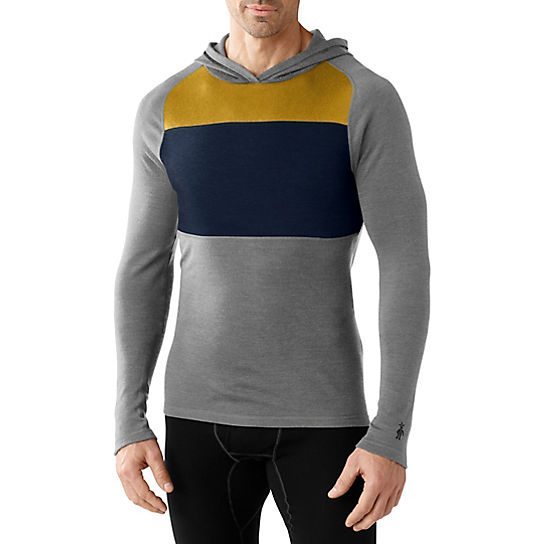There are a variety of Merino breeds to choose from each with their own unique particularities. Here are the most popular Merino sheep breeds, and their distinctions. Spanish Merino- This Merino breed is the oldest and is most well-known for its high production and its fine wool. This breed can be used in a variety of settings and is immune to many diseases.
American Merino: The American Merino breed was created in the United States around the 19th century. It's renowned for its soft, fine wool. This breed is especially suited to cold climates and is resistant to many common sheep diseases.
Saxon Merino- The Saxon Merino is a particularly fine-boned breed of Merino sheep that is famous for its extremely soft and fine wool. The Merino is smaller than the other Merino breeds and is well-suited to dry and hot environments.
Peppin Merino: The Peppin Merino, one of the Australian breed, was developed in 1903. This breed is well-suited for the dry and hot climate of Australia because of its superior wool quality.
Rambouillet- The Rambouillet is a breed of Merino sheep that was created in France during the 18th century. The breed is renowned for its durability and ability to adapt to a range of environments. Rambouillet wool is generally more coarse than other Merino breeds, however it is still highly sought-after because of its superior quality.
Polwarth - Polwarth is a Merino sheep breed that was created in Australia towards the end of the 19th century. This breed is famous for its soft and beautiful wool, and is especially suited to the wet and cold climate of southern Australia.
The Merino shearers' distinctive traits and capabilities are based on their breed as well as the conditions they reside in. Breeders frequently choose Merino breeds because of their unique characteristics, like toughness, fine wool, adaptability, and flexibility. This allows them to develop Merino breeds that can be used in diverse environments and are more suitable to specific requirements.

What Are The Main Differences Between The Bases Of Lightweight, Middleweight, And Heavyweight Merino Wool?
The fabric's texture and warmness are the main differences between light, midweight, heavyweight Merino wool base layers. These are the major differences among the three kinds. Lightweight Merino sheep wool base layers consist of a breathable, thin fabric which is suitable for temperatures that are both cool and warm. This type is perfect for sports that require a lot of intensity. They can also be utilized as a base layer during more cold weather and under other layers.
The middleweight Merino wool base layer is made of thicker fabrics that provide greater insulation and warmth over lighter base layers. This type of base layer is ideal for moderate to low-intensity tasks for example, where you don't expect to sweat often.
The heavyweight Merino wool base layers made of the warmest and thickest fabric is suitable for cold conditions. This type of base layer is best for activities that require low intensity and are not likely to sweat out like snowshoeing or skiing.
Take into consideration the weather conditions and the activity level you are engaging in when choosing the right Merino wool base layer. For high-intensity activities the lightweight base layer is the most suitable option. A medium-weight base layer is perfect for cold to warm weather and activities with low to moderate intensity. A heavy-weight base layer is ideal for extremely cold conditions and activities that require low intensity. Be aware that you can always layer up or down depending on the conditions, so it is best to select an option that is slightly light rather than heavy. Consider the fit of your base layer, and make sure it's comfy and offers you the full range of motion. Go explore koraoutdoor.com for ski thermals for website info.

How Do You Choose The Most Effective Ski Base Layer When Combining Merino And Himalayan Yak Wool?
There are a variety of factors you should consider when choosing the appropriate ski base layer of Merino wool or Himalayan Yak wool. Here are some important things to take into consideration: Weather conditions Consider the temperature and conditions in which you will be skiing. If the temperature is cold you may want to think about an extra thick base layer such as one with Himalayan-yak wool. If the weather is milder then a lighter Merino wool base layer may be more suitable.
Activity level- This is a measure of your activity and the amount of sweat you produce. A base layer with moisture-wicking properties like Merino wool may be better for sweaty people.
Comfort- Choose an appropriate base layer that is comfy and is well-fitting. Base layers should be able to move with you, and offer full movement. It is essential not to wear clothing that is that is too tight or restricting as this can hinder mobility and create discomfort.
Individual preference: The selection of the best base layers depends on each individual. Some prefer a more thick layer of insulation whereas others prefer a thinner layer. Explore different combinations to discover what is most effective for your needs.
It is essential to note that the mix of Merino and Himalayan wool wools to make the base layer of your skis will depend on you and the conditions under which you'll be skiing. When selecting the right base layer, you should take into consideration the conditions in the weather, your activities level, and your individual preference. This will ensure that you are dry and comfortable on the slopes. Go best hiking base layer for website tips.

Merino And Himalayan Himalayanyak Wool Is Better Than Cotton Polyester Nylon Fleece And Cotton Alternatives For Skiing Wear.
Merinowool and Himalayanyak Wool are better than polyester, nylon fleece, nylon, and nylon for skiing clothing. Warmth: Merinowool and Himalayanyak wool are extremely effective in insulators. They keep your body warm even in cold conditions. Merino and Himalayan wool are lighter than nylon, polyester and nylon that don't offer the same insulation.
Moisture management - Merino wool, Himalayan Yak wool, and Himalayan Yak yarn are extremely effective in controlling moisture. This means that you can easily ski while dry in these types of clothing. Both fabrics are naturally water-wicking. This means that they draw moisture away form the skin and then transfer it to the outside of the fabric, from where it will evaporate. This is in contrast to cotton, which absorbs moisture and gets heavy when moist.
Breathability: Merino wool as well as Himalayan Yak wool are extremely air-tight. They let air circulate through the fabric, which regulates the body's temperature, and also prevents excessive heat. This is important when it comes to ski clothes, as it lets you remain at ease while you're ski. In contrast, the nylon, polyester and fleece which are less ventilating. They hold heat and moisture, and can make you feel uncomfortable.
Comfort- Merino Wool and Himalayan Yak wool are very soft and cozy. They are also highly elastic and stretchy, which means they move with your body and allow for the full range of motion. Polyester or nylon as well as fleece, on the other hand, can be rigid and uncomfortable. This can limit the range of motion and cause discomfort.
SustainabilitySustainable Merino wool as well as Himalayan yak wool are both natural renewable fibers that can be biodegradable and recyclable. They are therefore more sustainable than synthetics like polyester or nylon which are made from non-renewable materials that take longer to break down.
Merino wool as well as Himalayan Yak wool offer many advantages that make them superior than cotton, polyester, nylon , and fleece for ski wear. They are warm, durable, water-wicking, soft and breathable. They are an excellent choice for anyone who wants to stay comfortable during skiing.